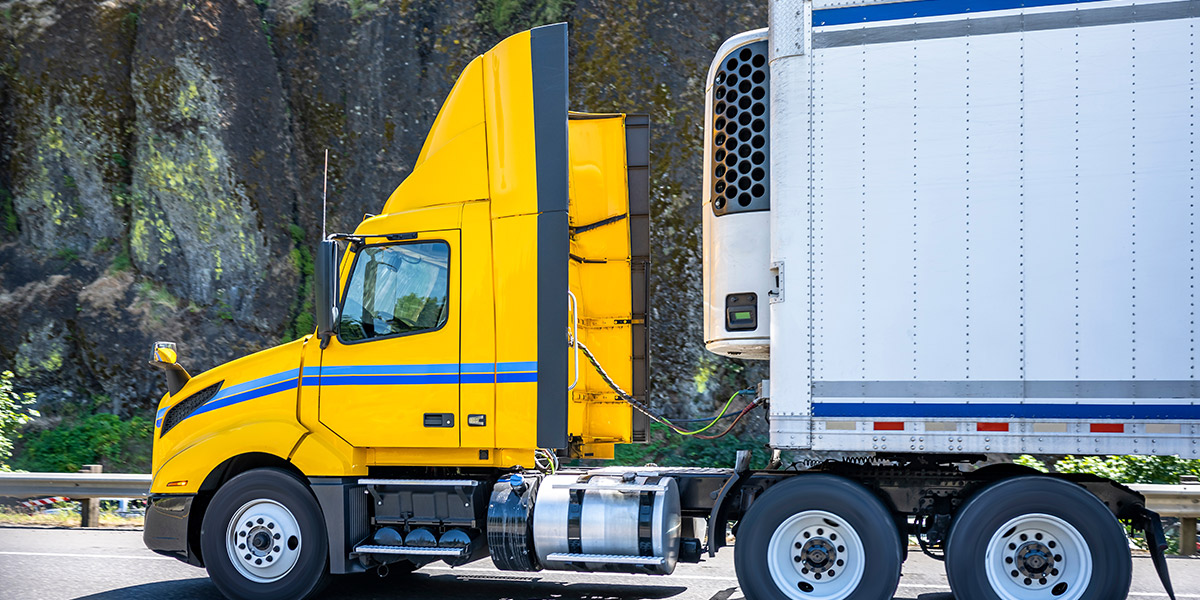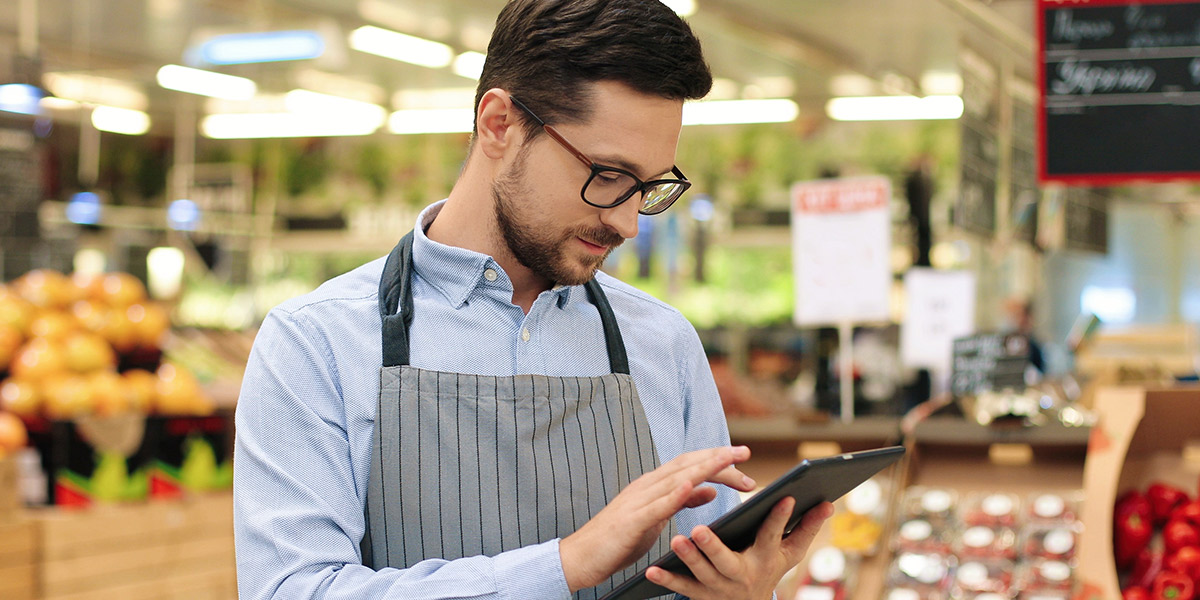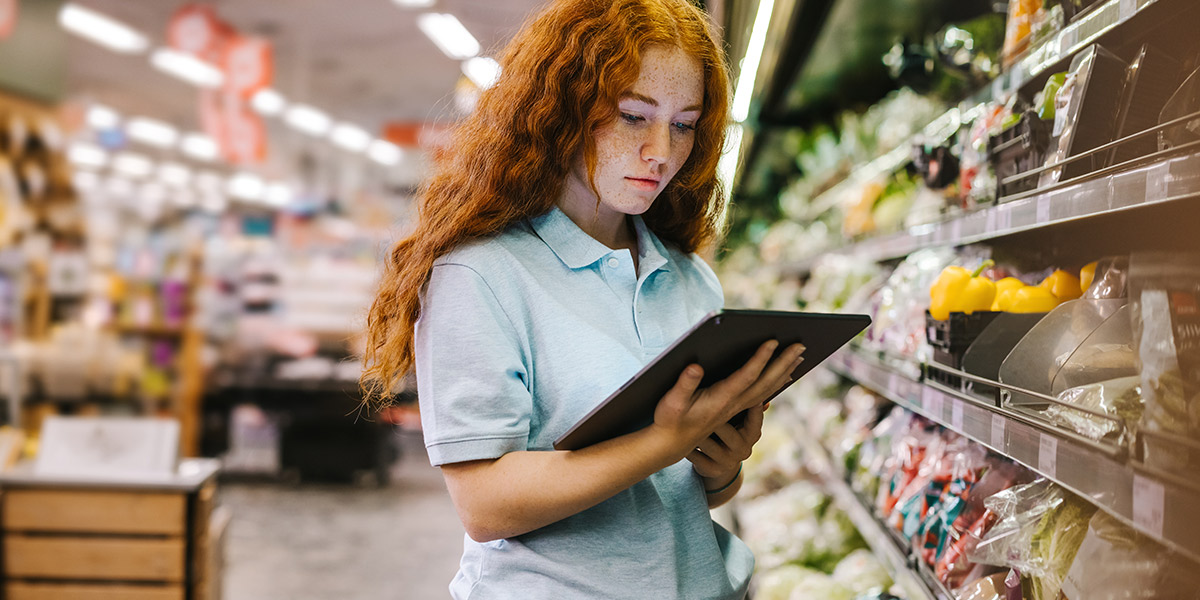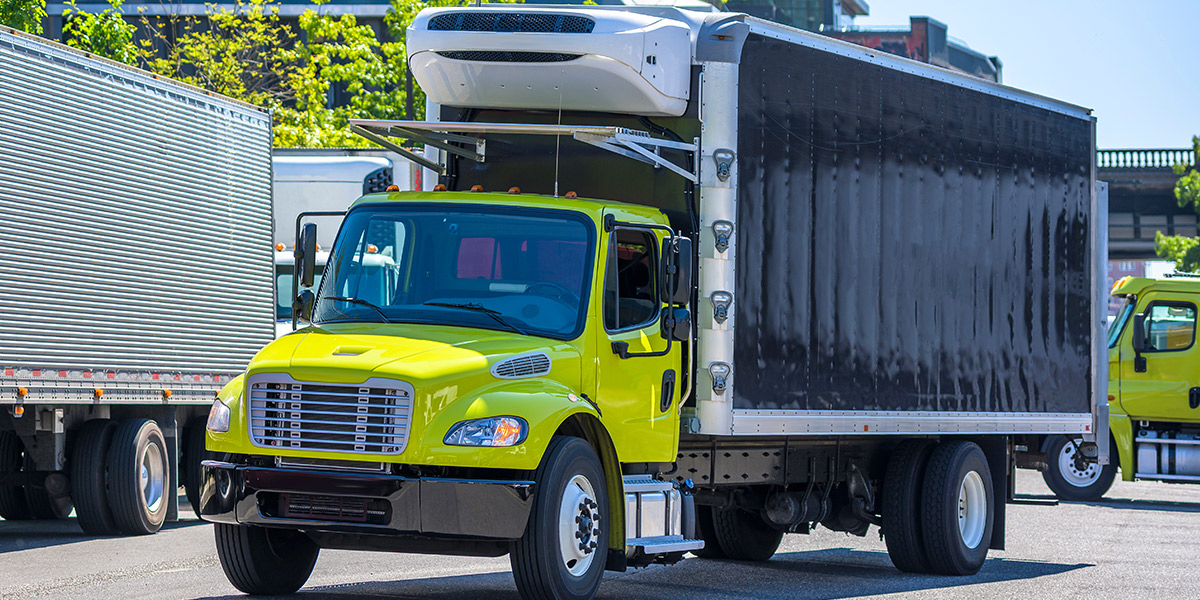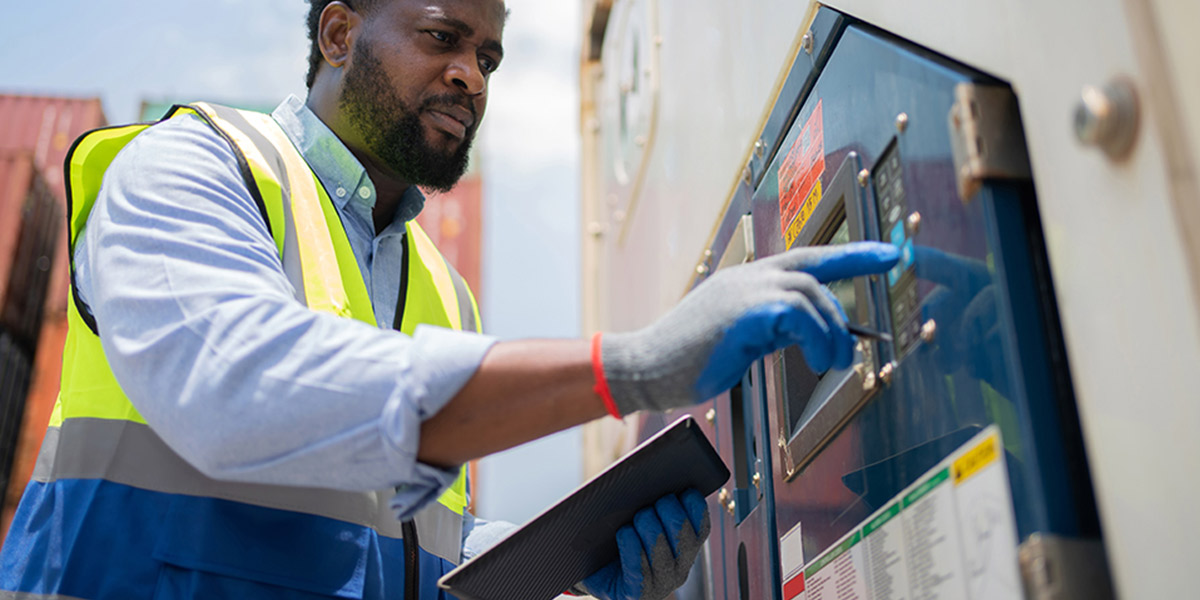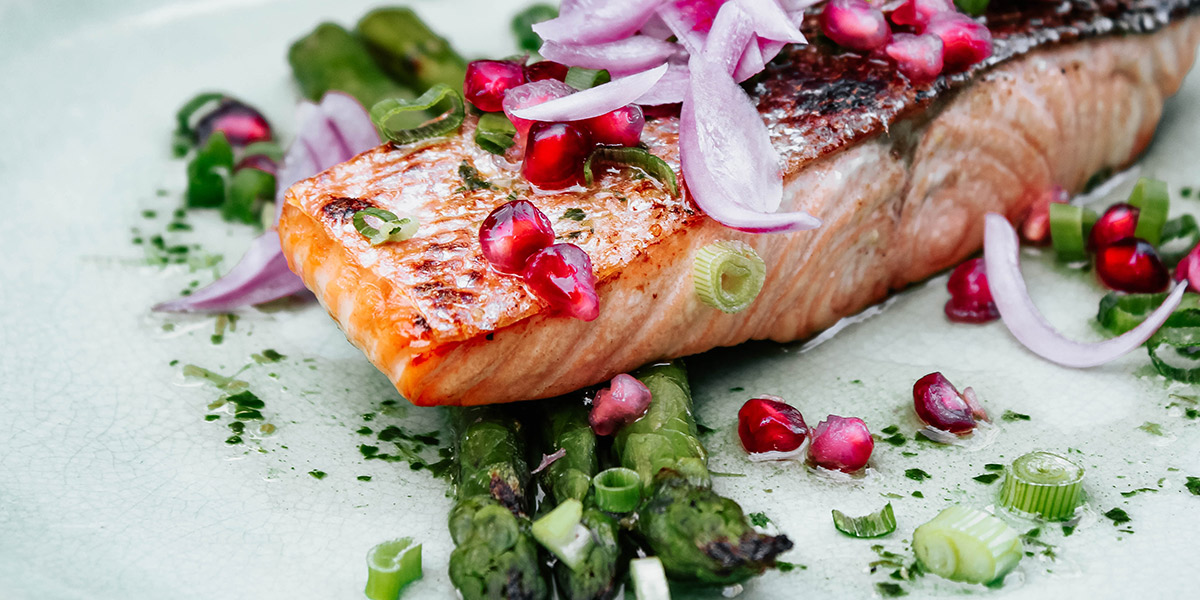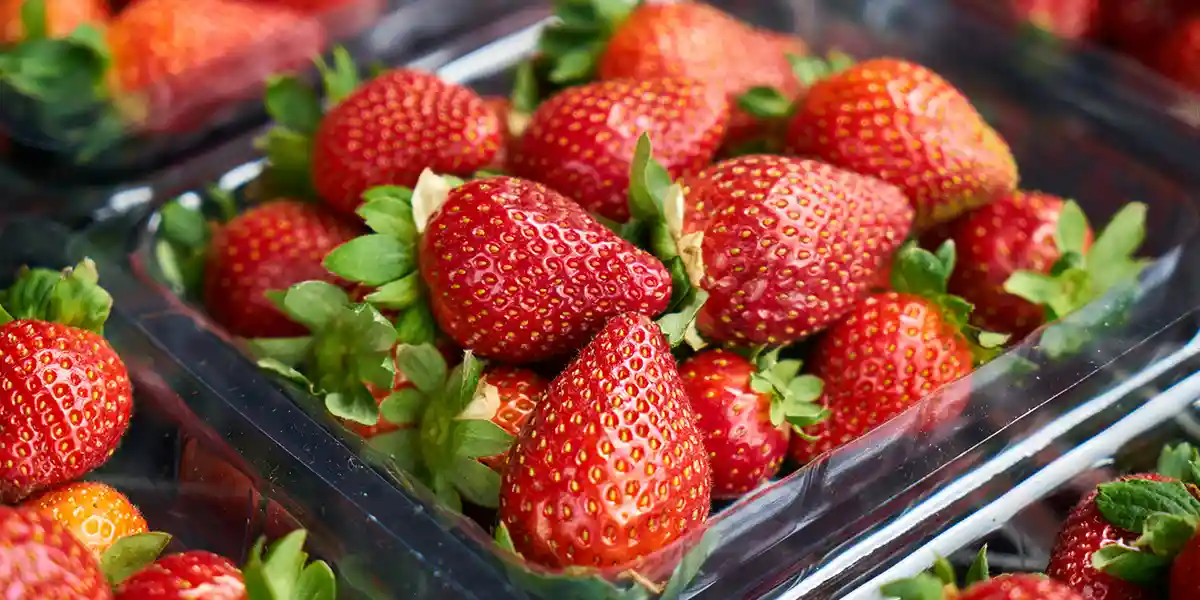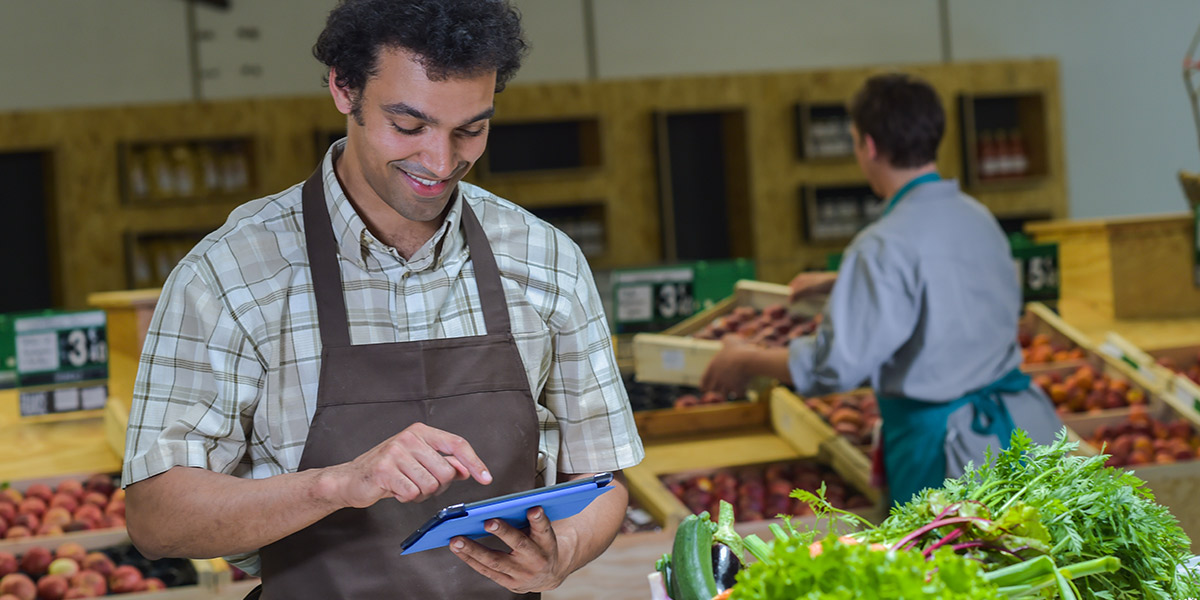When temperature monitoring is available anywhere, anytime, and all the time, there’s no reason to leave food safety to chance.
In my experience, I’ve observed that companies and their decision makers typically fall into one of two categories. In one camp you find those with a sound strategy that not only guides the business but also helps to mitigate risk. And while these companies aren’t immune from the misfortune that can accompany change or the occasional crisis, they tend to be more resilient, respond much more favorably, and recover more quickly. In some cases, they bounce back even stronger.
In the other camp, meanwhile, are those companies that appear to be guided by no discernable strategy at all. Somehow, they succeed despite themselves. But when things go wrong, they struggle to respond. In fact, if they have a strategy at all it’s to hope that nothing goes wrong.
Unfortunately, many companies across the cold chain operate as if they are in the second camp. Rather than put in place accurate temperature monitoring that will ensure food safety and compliance – and protect the company from the risk of lost revenues from spoiled food, potential fines, and unhappy customers – they instead turn a blind eye to the risks and hope no problems arise.
They may not do this intentionally. To the contrary, they probably have some temperature monitoring in place, whether it’s monitoring equipment, procedures drivers are to follow, or a combination of the two. But they may not realize that there’s more they can or should do. They also may not realize the peace of mind and freedom from risk they can attain by taking steps to close any holes in their temperature monitoring.
There are three important advantages to taking a good hard look at your temperature monitoring and identifying where you might reduce risk.
- It’s possible. The available technology, which include small, easy-to-install sensors, continuous readings of food and ambient temperatures, and the ability to identify potential trouble spots where food might be at risk, makes it possible to envelop the food you transport or store in a virtual safety net. This end-to-end monitoring across the entire cold chain represents a big step forward in food safety.
- It’s cost-effective. The monitors mentioned above, which are small and can be easily installed in all cold storage locations and reefer units, are relatively inexpensive to purchase and operate. Their low cost also makes them scalable – a great choice for companies on a growth trajectory.
- It’s the right thing to do. If you could minimize your organization’s exposure to risk and protect the bottom line while also being confident that the food you are getting to customers and consumers is safe, why wouldn’t you make the investment in end-to-end temperature monitoring? It’s one of those no-brainer decisions that is not only good for business, but morally good, as well.
Don’t hope. Know!
When it comes to ensuring food safety and compliance – when you can do more than hope – why would you continue to put both your company and people consuming the food in your care at risk? Especially when mitigating risk is not only possible, but easily within reach.

